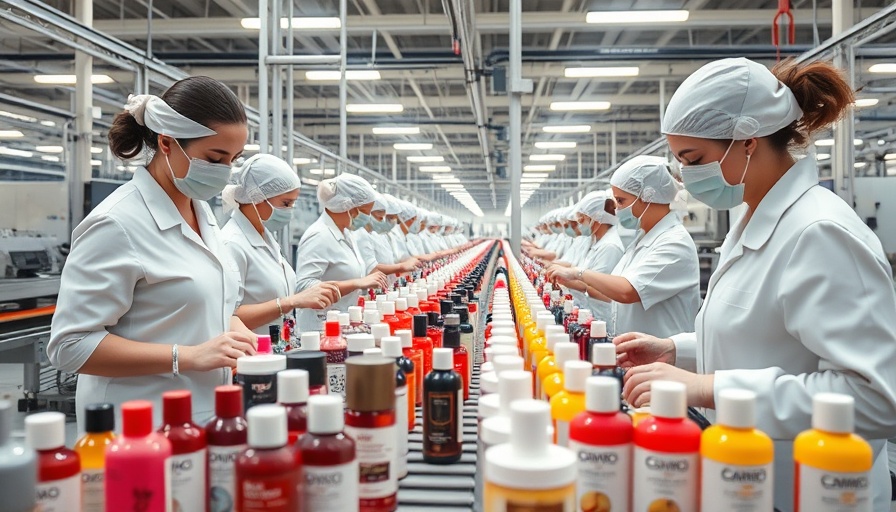
Exploring the Beauty Manufacturing Landscape
The beauty industry has faced significant changes over the years, not only in product formulation but also in where and how products are manufactured. Recent discussions have raised the question: Should the U.S. pursue a renaissance in beauty manufacturing jobs? For many conscious consumers, understanding the implications of domestic manufacturing is crucial. Not only does it hint at quality, but it also relates directly to sustainability, local economies, and ethical practices.
The Case for a Renaissance
A return to domestic beauty manufacturing could herald numerous benefits. First and foremost, it provides job opportunities in the U.S., supporting local economies and reducing unemployment rates. As companies shift towards sustainable practices, maintaining control over manufacturing processes domestically allows for transparency and accountability. Brands can ensure products are not only ethically sourced but also closely monitored for quality standards.
Environmental Implications of Global Supply Chains
Today's beauty products often have long supply chains, contributing to a significant carbon footprint. By manufacturing closer to home, businesses can reduce transportation emissions and support environmentally friendly practices. This shift aligns with the growing demand among consumers—especially women aged 35 and above—who prioritize brands that exhibit strong sustainability standards.
Challenges Ahead
However, the push for local manufacturing isn't without its challenges. One of the major roadblocks is the current cost of labor in the U.S. While many U.S. citizens advocate for fair-wage jobs, the beauty industry must address how to remain competitive against countries with lower labor costs. This consideration is crucial for indie brands that may not have the financial flexibility of larger corporations.
Trends Impacting the Future
Moreover, the market is shifting towards personalized beauty solutions, urging companies to consider customizable products. This demand may open doors for small-scale manufacturing operations in the U.S. that can quickly adapt to consumer needs. As innovations in technology and production methods emerge, they might offer solutions to keep costs manageable while fostering a localized production environment.
Consumer Power in the Beauty Industry
Ultimately, the power lies in the consumers' hands. By choosing brands committed to U.S. manufacturing, shoppers can advocate for job creation and sustainability. Environmental impact aside, investing in companies that prioritize their country's workforce sends a clear message: there is a growing demand for ethical and locally-sourced beauty solutions.
Conclusion: What’s Next for Beauty Manufacturing?
The beauty manufacturing sector is at a crossroads, and a job renaissance could reshape its future positively. As the tides of consumer preference shift towards sustainable, ethical practices, companies are encouraged to rethink their operations. We must stay engaged as conscious consumers—our choices drive the industry's shifts towards a more sustainable and locally focused future.
 Add Row
Add Row  Add
Add 




 Add Row
Add Row  Add
Add 

Write A Comment